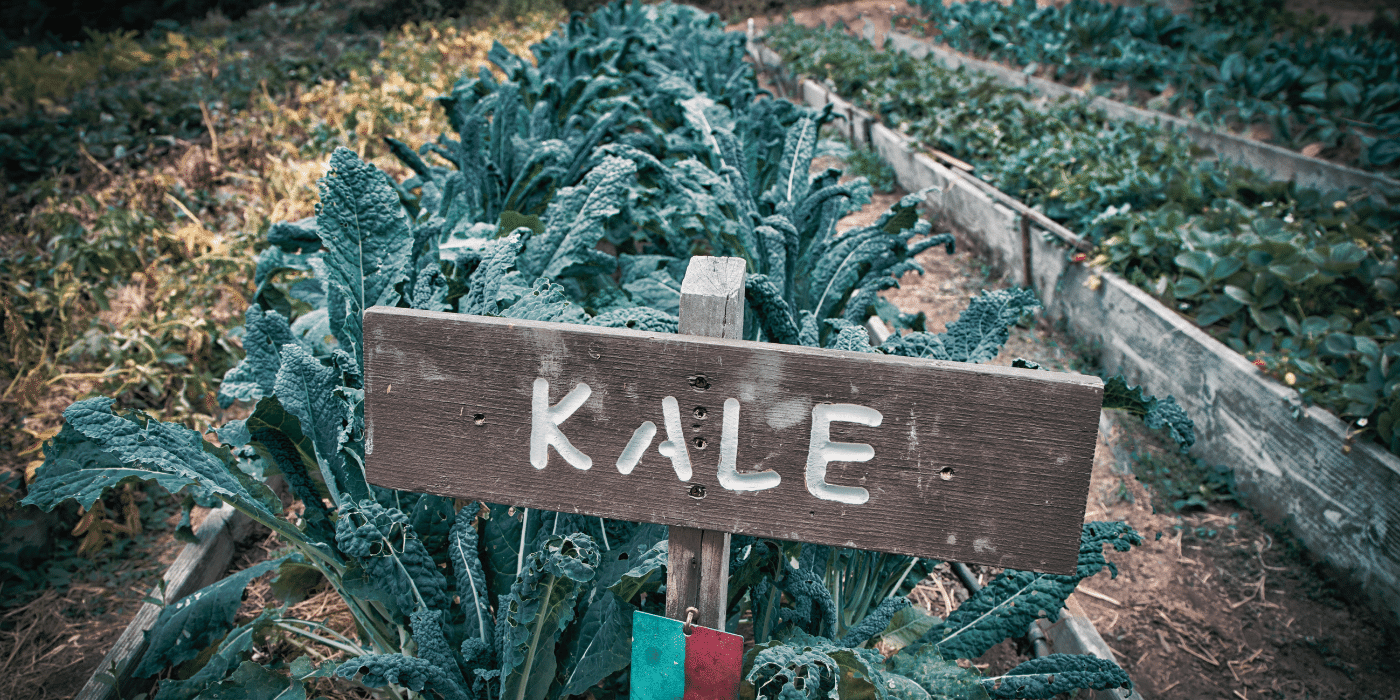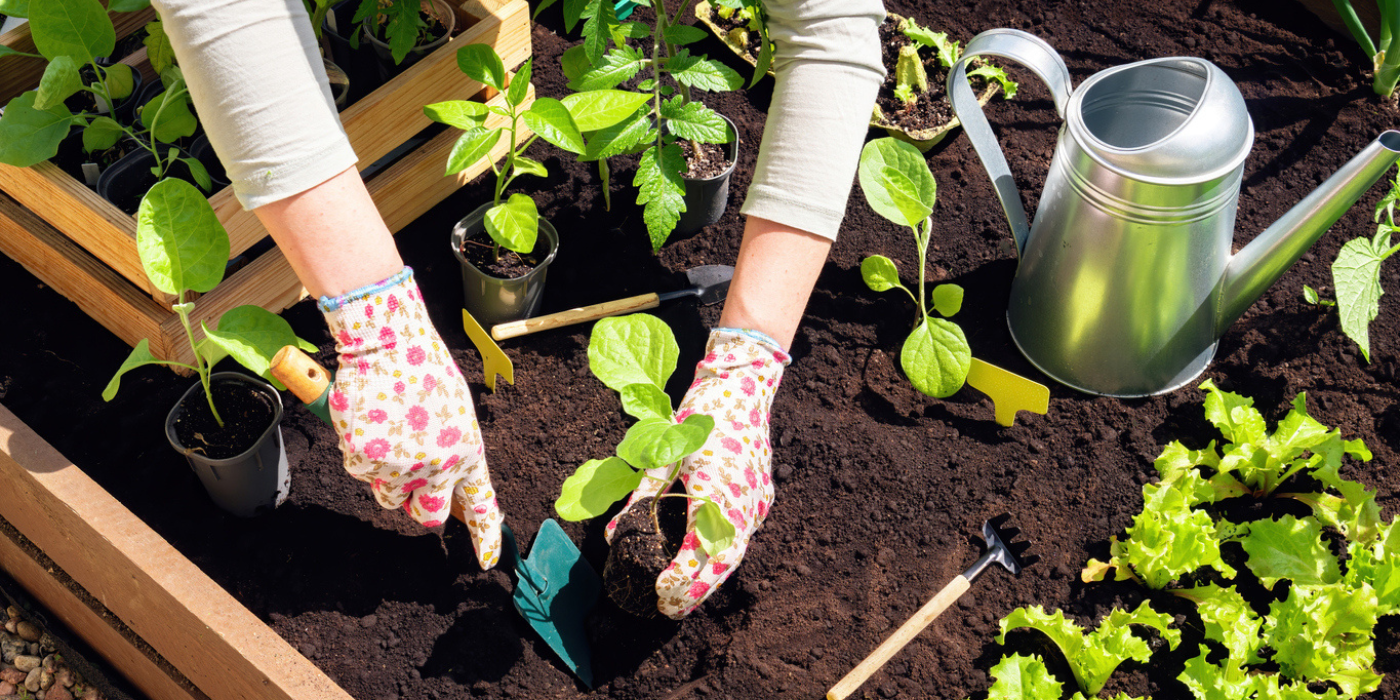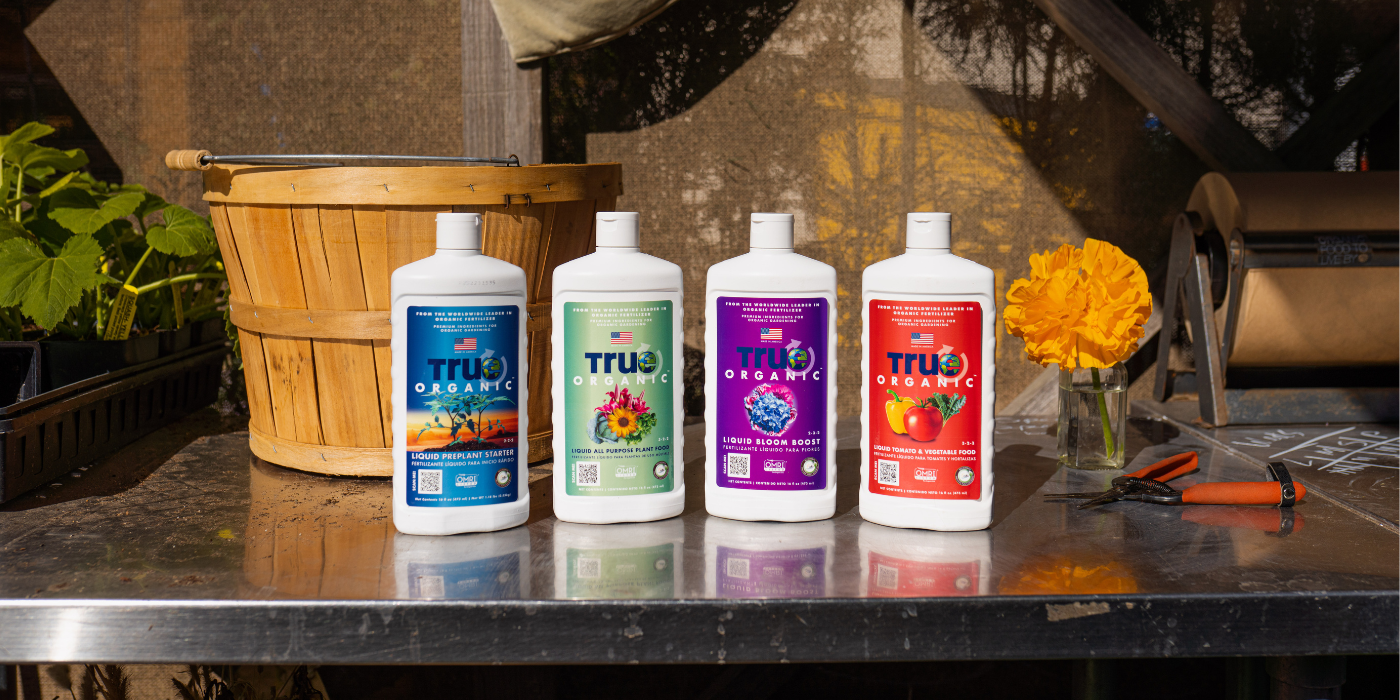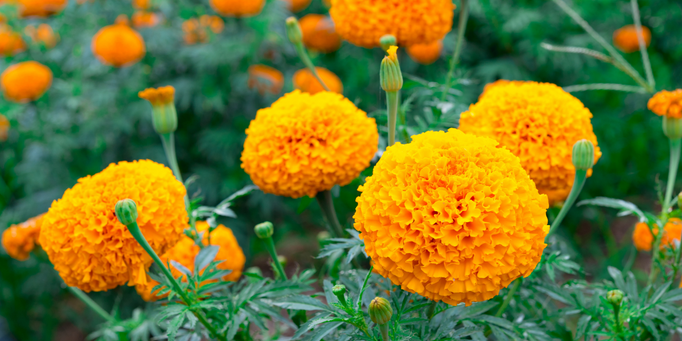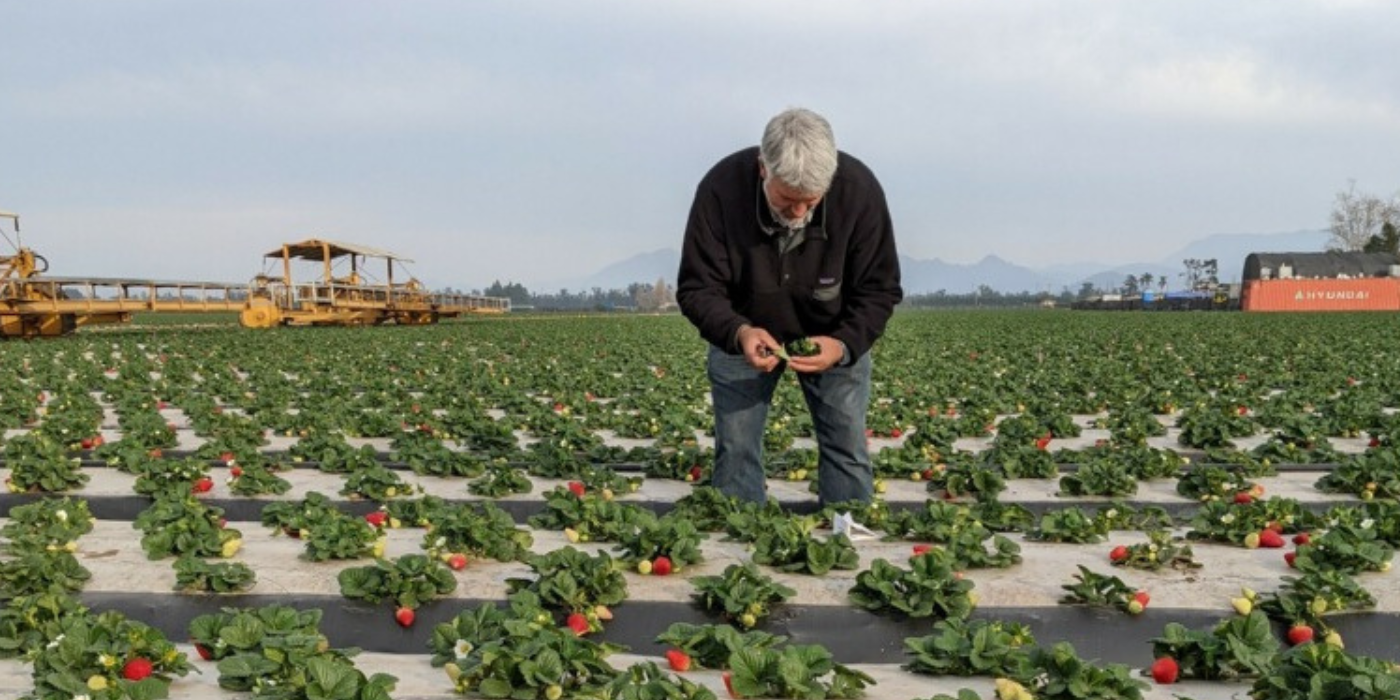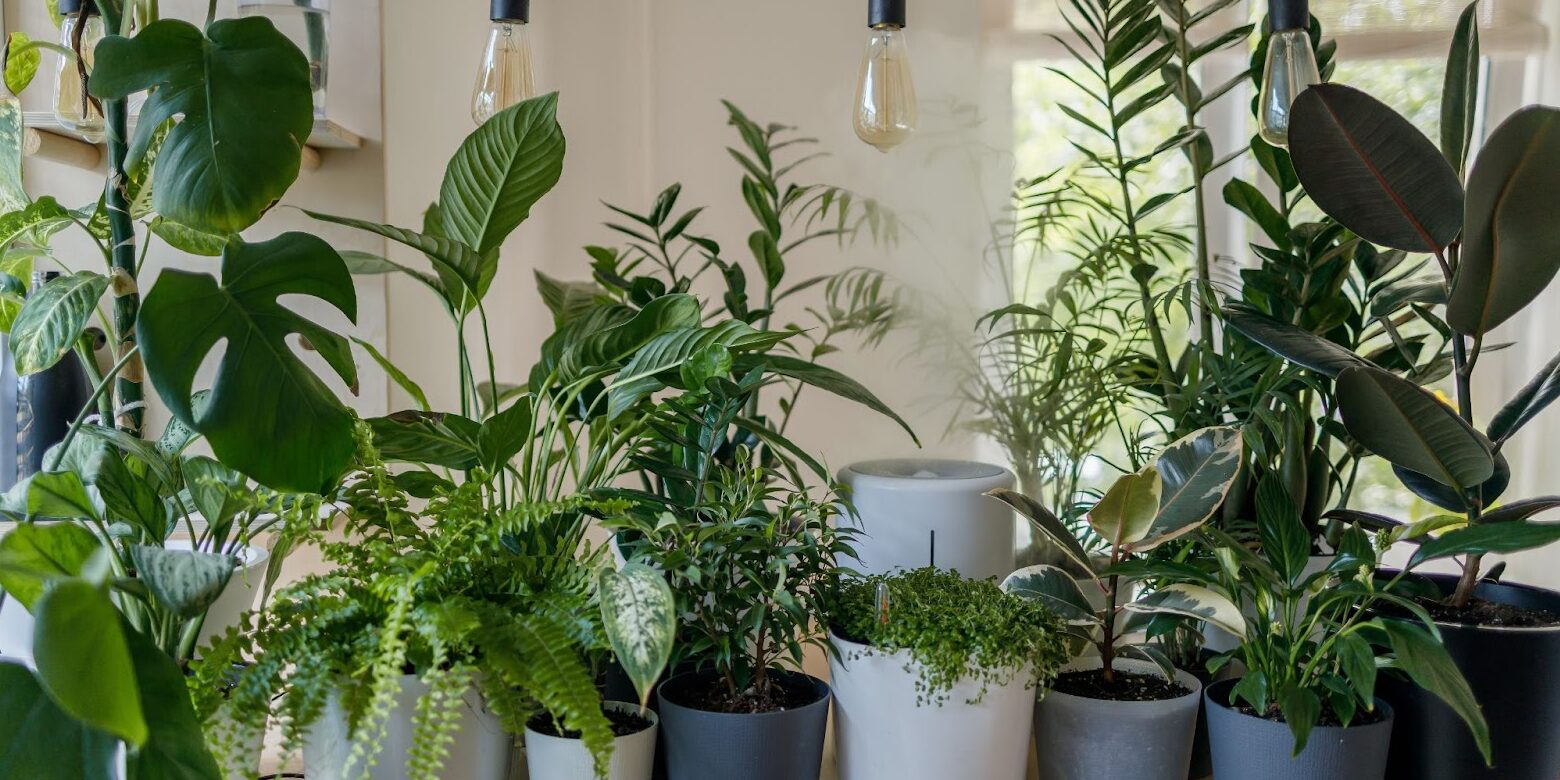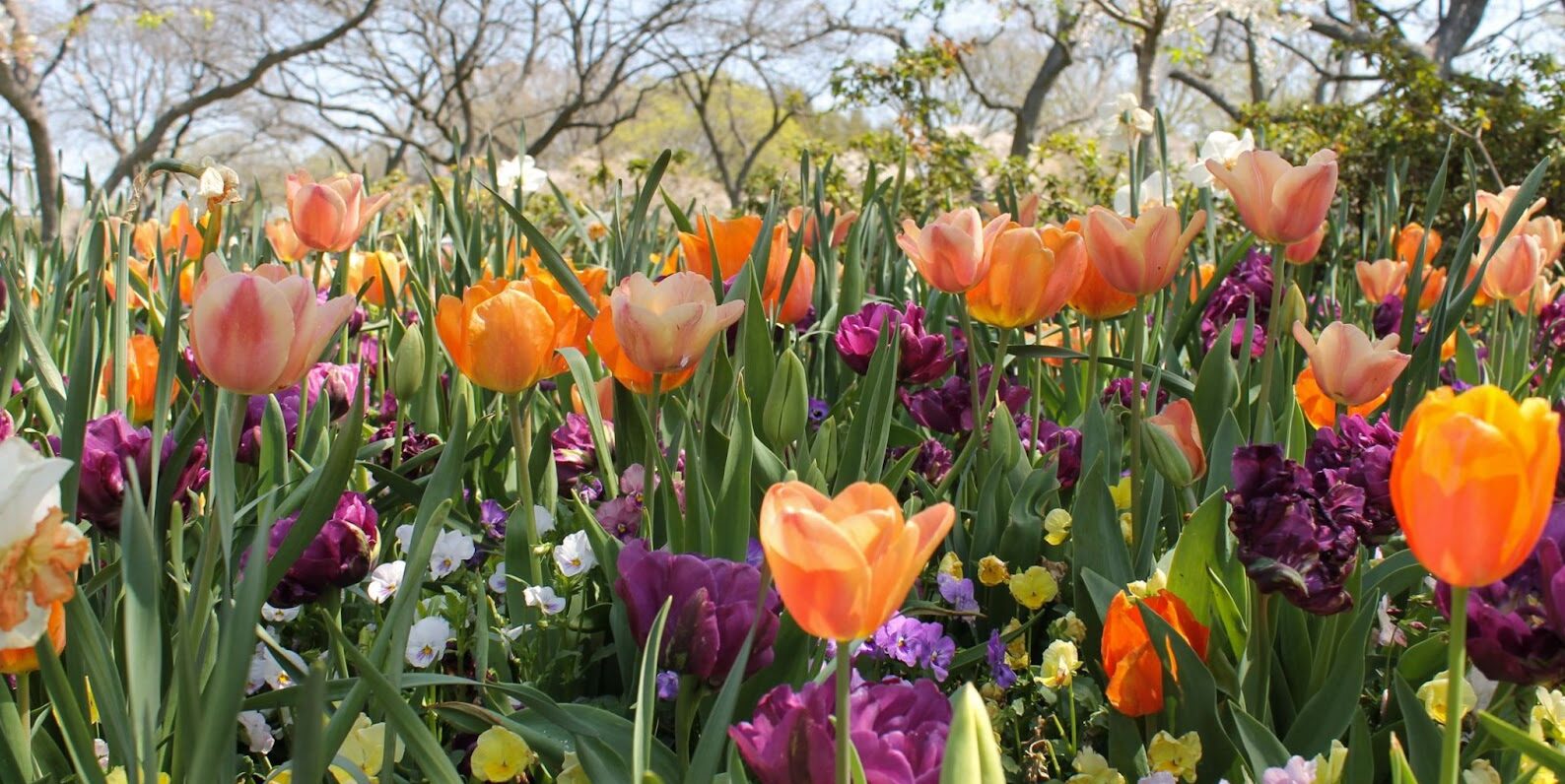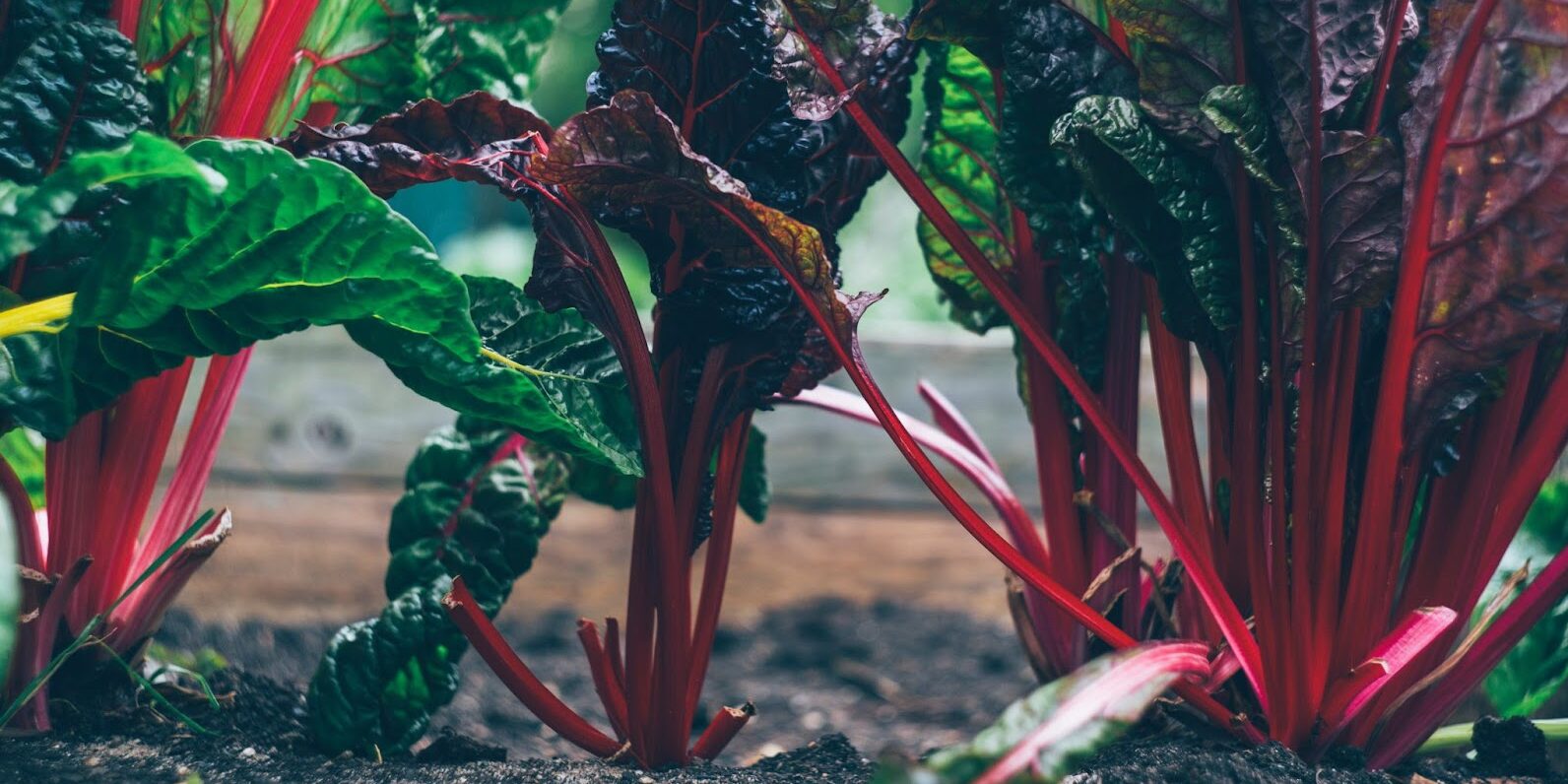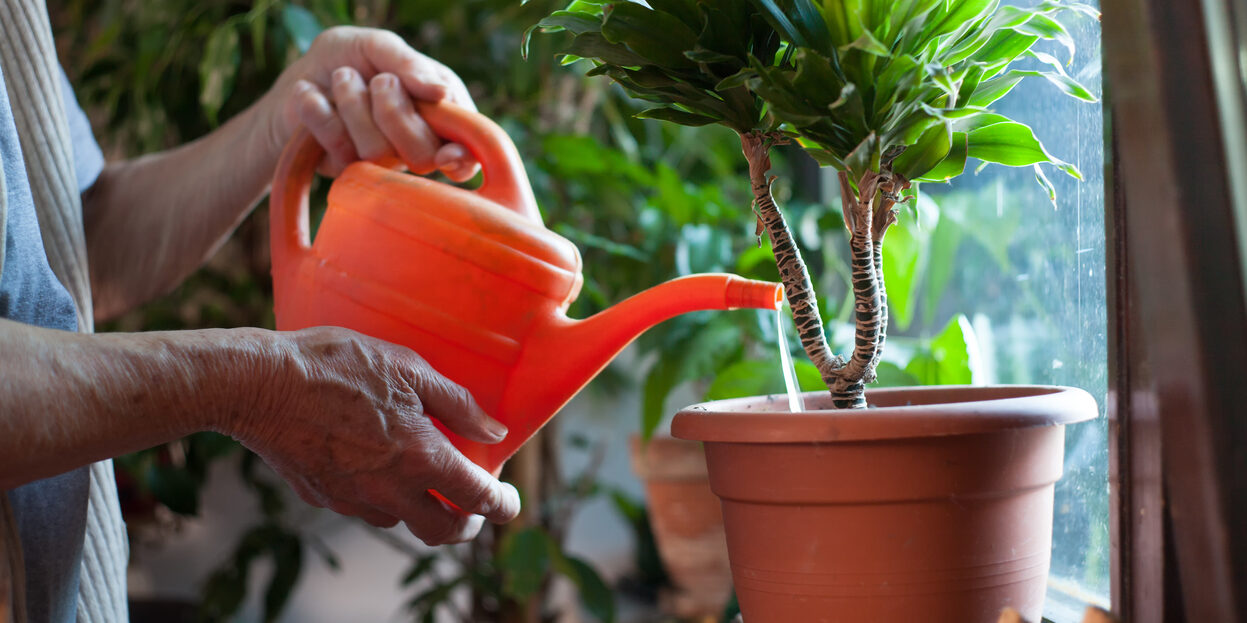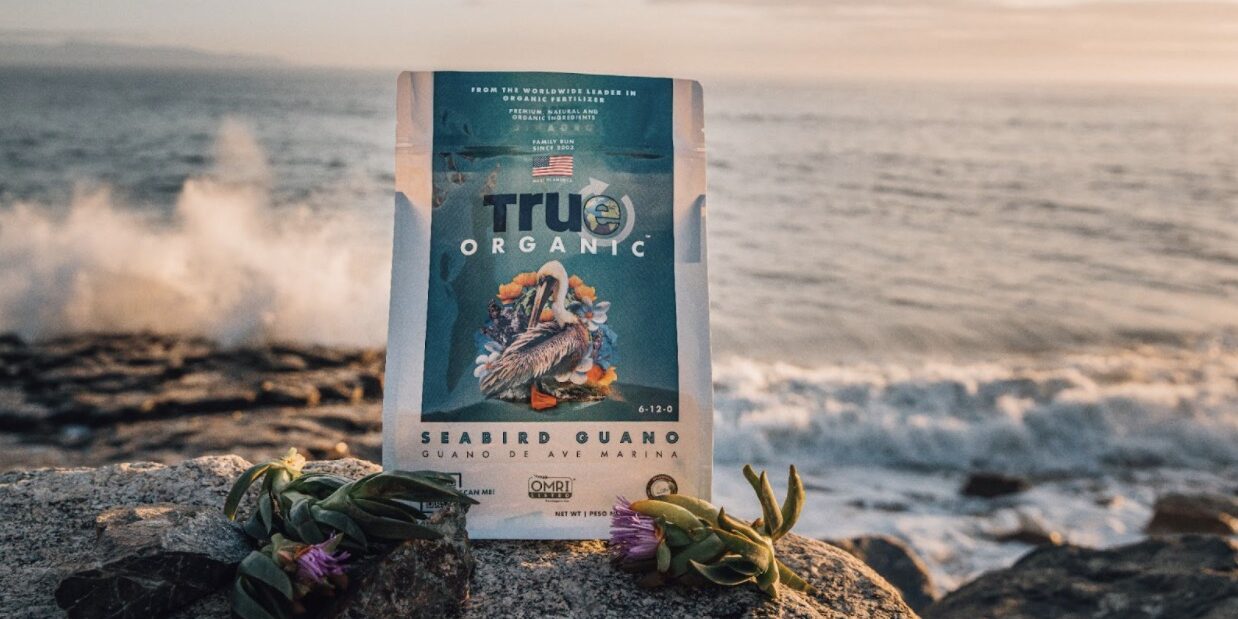How and Why to Use Blood Meal in Your Garden
October 16, 2023
True Organic Products
How and Why to Use Blood Meal in Your Garden
Does Your Garden Need Prilled Sulfur?
July 10, 2023
True Organic Products
Does Your Garden Need Prilled Sulfur?
Plant Food Shelf-life, Storage, & Disposal Dos and Don'ts
May 30, 2023 True Organic Products Plant Food Shelf-life, Storage, & Disposal Dos and Don’ts You already know that all True Organic Plant Foods are Certified Food Safe, always made with…
Get to Know Annuals & Perennials Food
February 27, 2023 True Organic Products Meet the newest addition to the True Organic Plant Food lineup: our Organic Annuals & Perennials Food! We’re excited to answer some common questions about…
Meet The True Organic R&D Team
Feb 15, 2023 True Organic Products Meet The True Organic R&D Team Our Research & Development Team at True Organic truly sets us apart. This crew of dedicated science and agriculture…
Liquid Plant Food Ingredients For Your Houseplants
November 11, 2022 True Organic Products The Plant Doctor Is In: Liquid Plant Food Ingredients That Support Your Houseplants Despite growing up on a farm and being a real-life plant and soil…
4 Things You Didn't Know: Bone Meal in Your Garden
October 11, 2022 True Organic Products Single-ingredient plant foods can make a huge impact in your garden. Why? Because they contain high concentrations of specific nutrients that plants need.…
6 Reasons to Use Blood Meal in Your Garden
July 1, 2022
True Organic Products
6 Reasons to Use Blood Meal in Your Garden
Should I Use Liquid or Granular Plant Food?
July 5, 2022
True Organic Products
Should I Use Liquid or Granular Plant Food?
What’s So Great About Seabird Guano?
November 29, 2021 True Organic Products What’s So Great About Seabird Guano? With a balanced nutrient profile, time-tested ability to stimulate growth, and TRUE’s food-safe guarantee, Seabird Guano…

